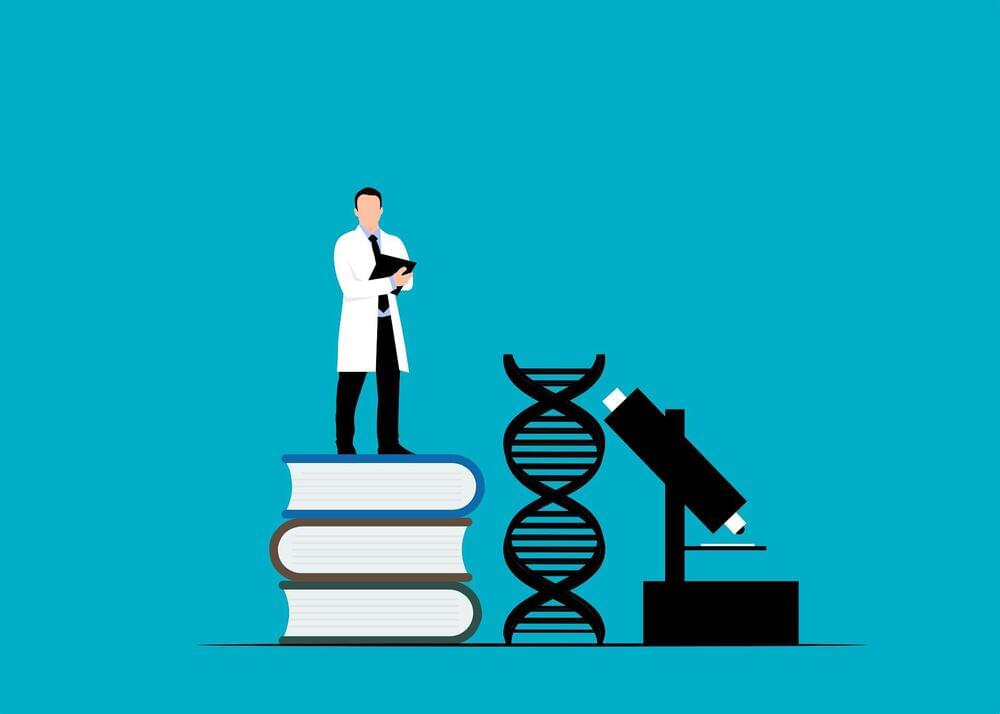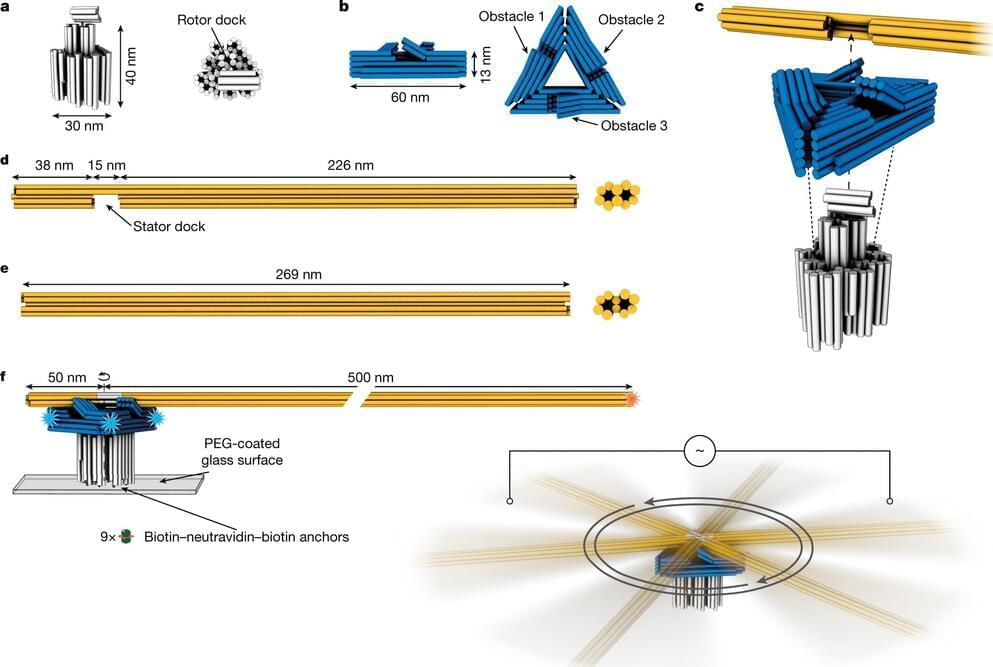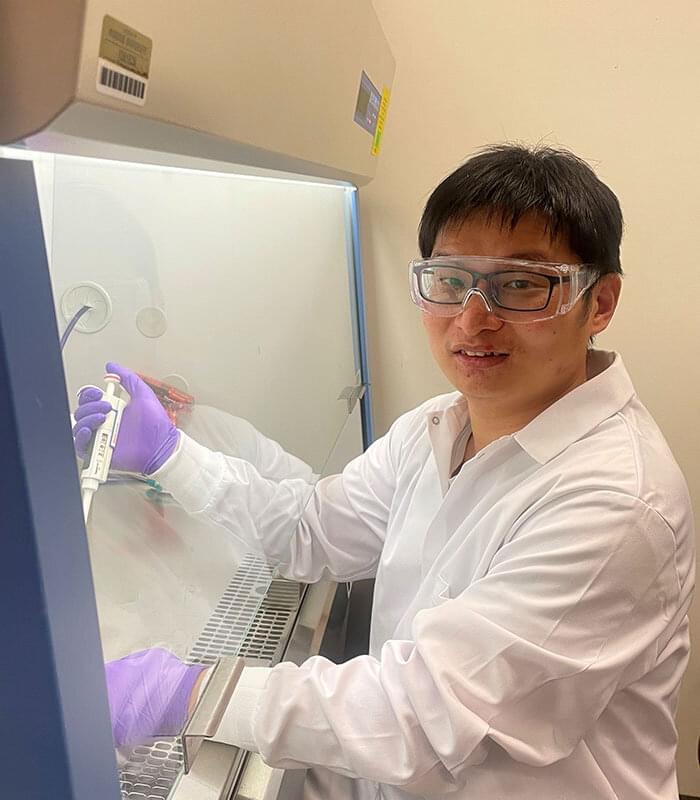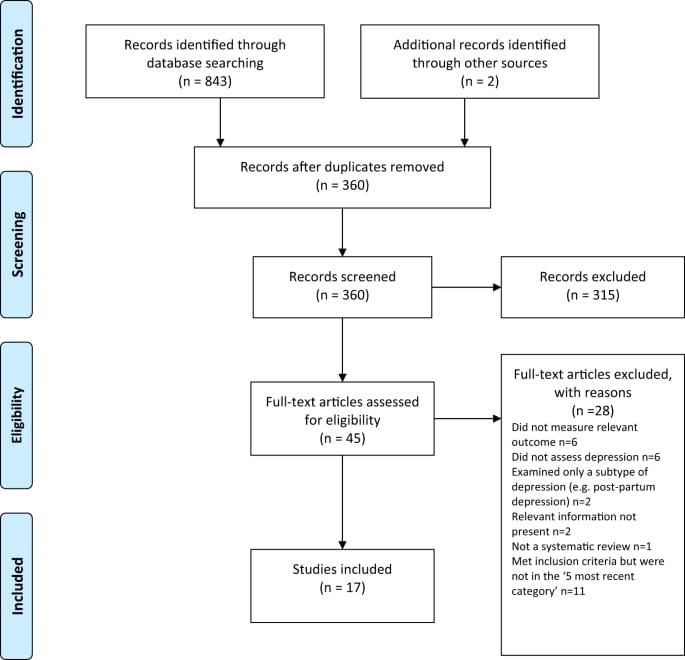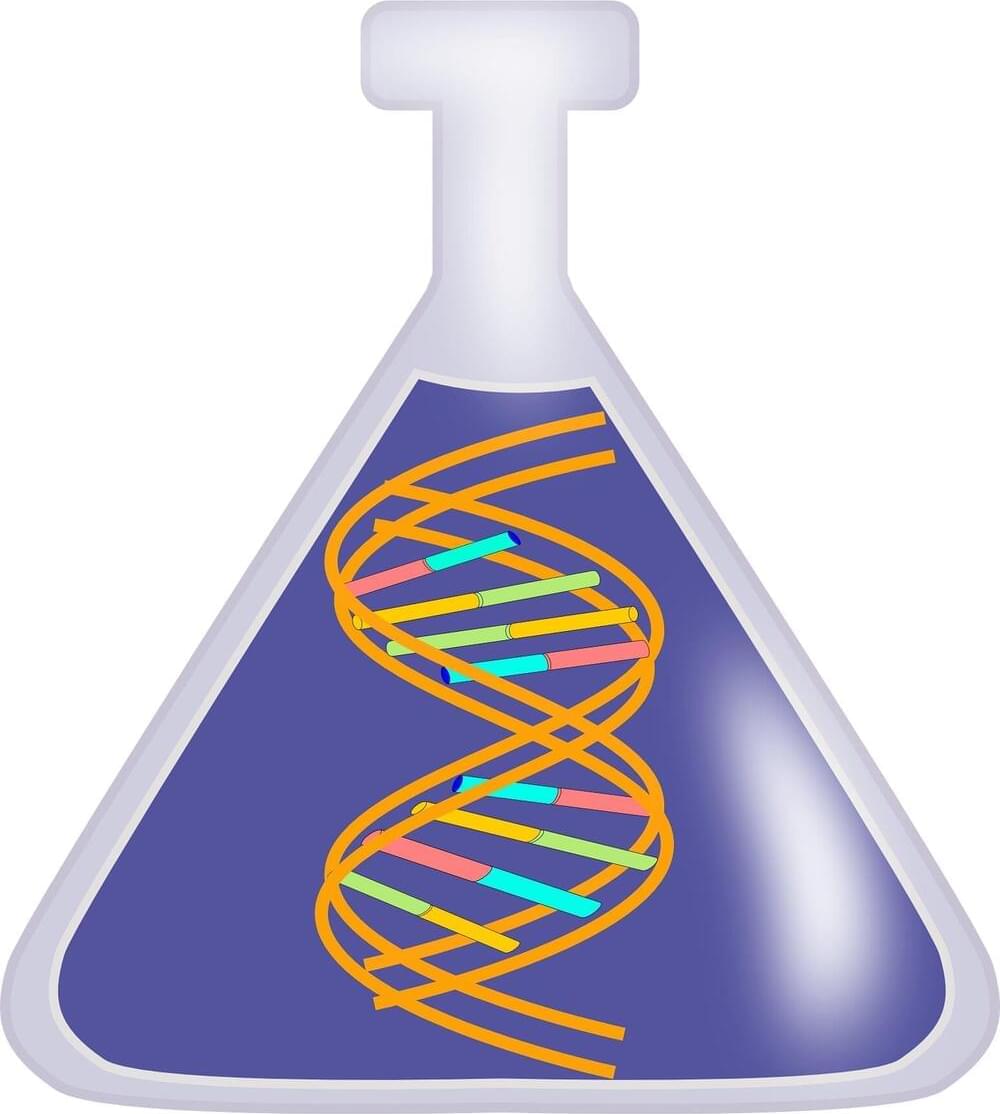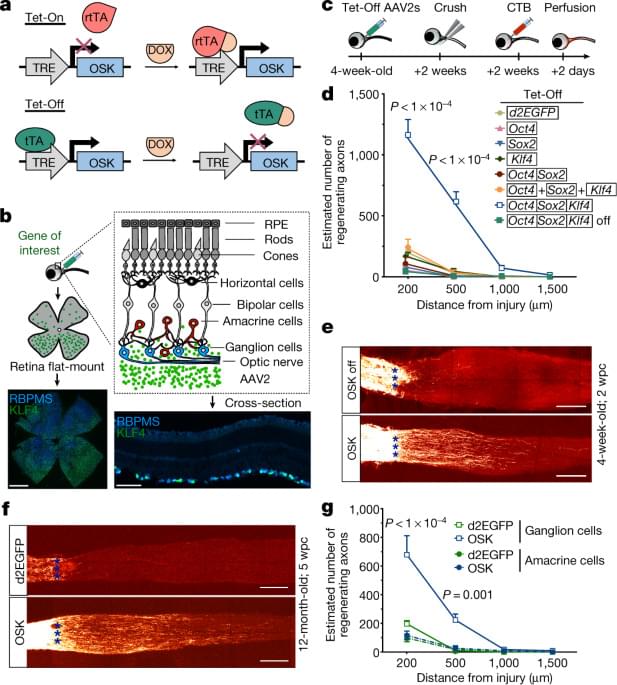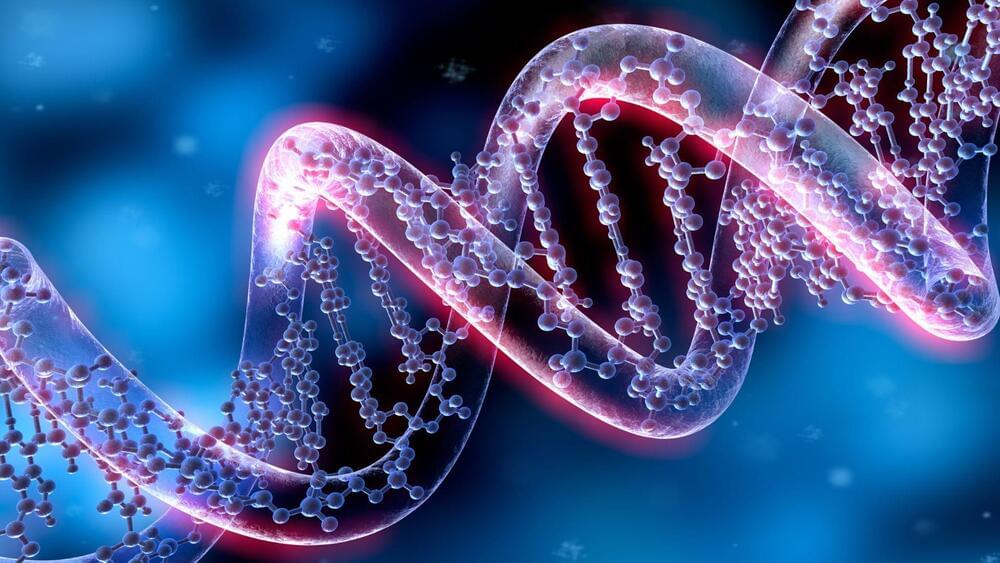A fruit fly genome is not a just made up of fruit fly DNA—at least for one fruit fly species. New research from the University of Maryland School of Medicine’s (UMSOM) Institute for Genome Sciences (IGS) shows that one fruit fly species contains whole genomes of a kind of bacteria, making this finding the largest bacteria-to-animal transfer of genetic material ever discovered. The new research also sheds light on how this happens.
The IGS researchers, led by Julie Dunning Hotopp, Ph.D., Professor of Microbiology and Immunology at UMSOM and IGS, used new genetic long-read sequencing technology to show how genes from the bacteria Wolbachia incorporated themselves into the fly genome up to 8,000 years ago.
The researchers say their findings show that unlike Darwin’s finches or Mendel’s peas, genetic variation isn’t always small, incremental, and predictable.
